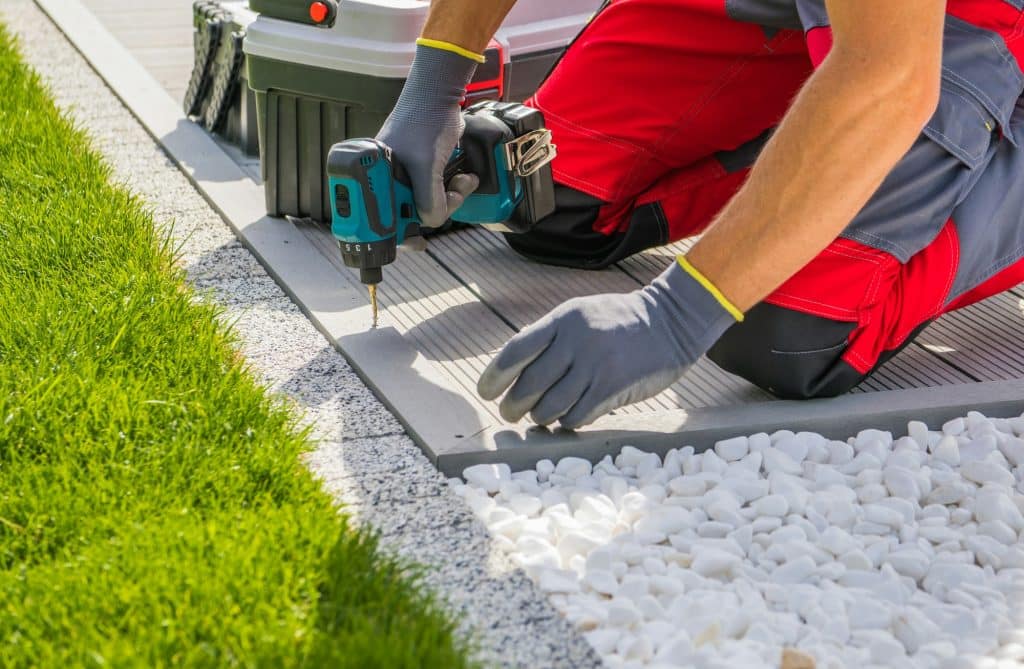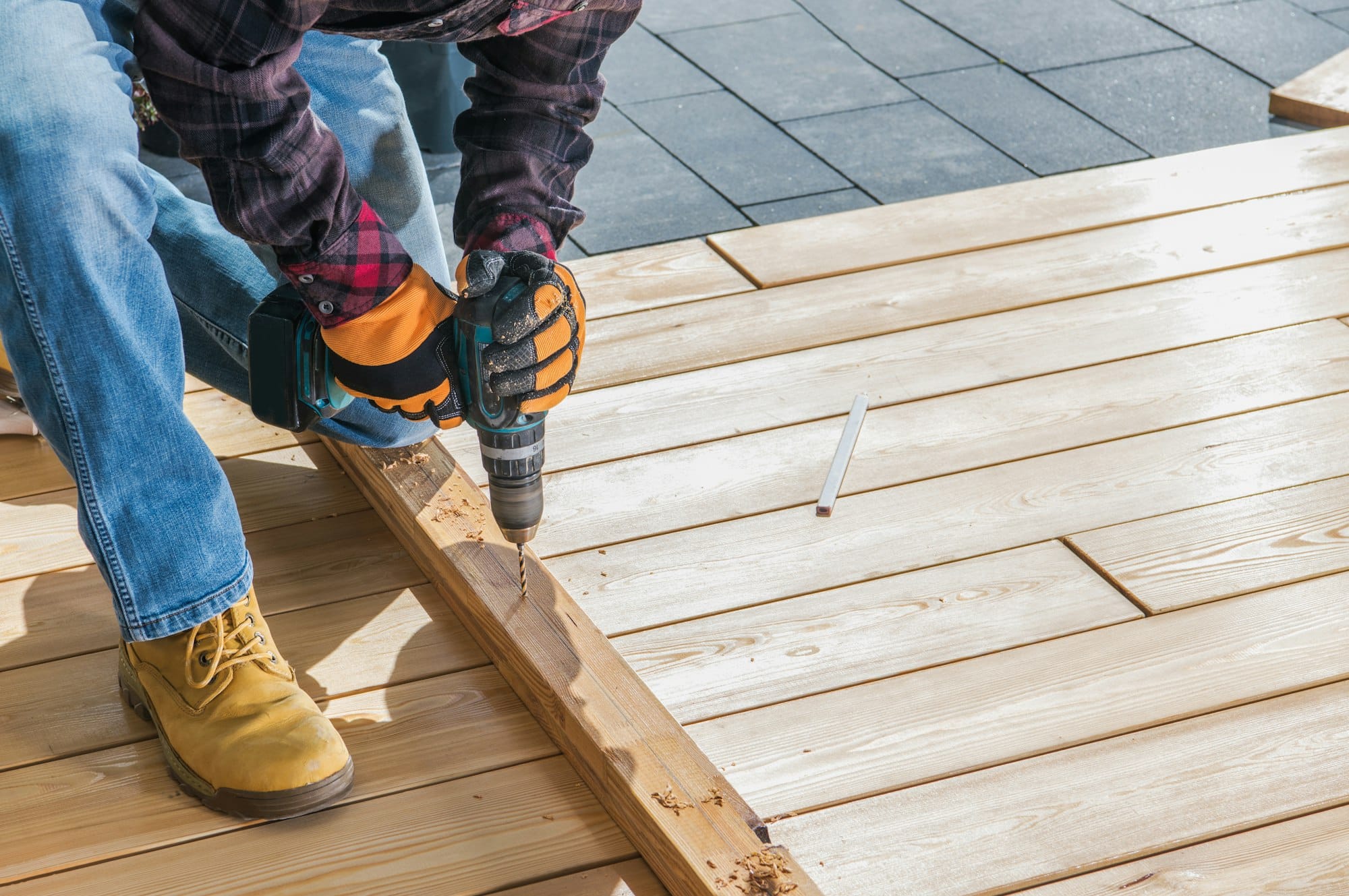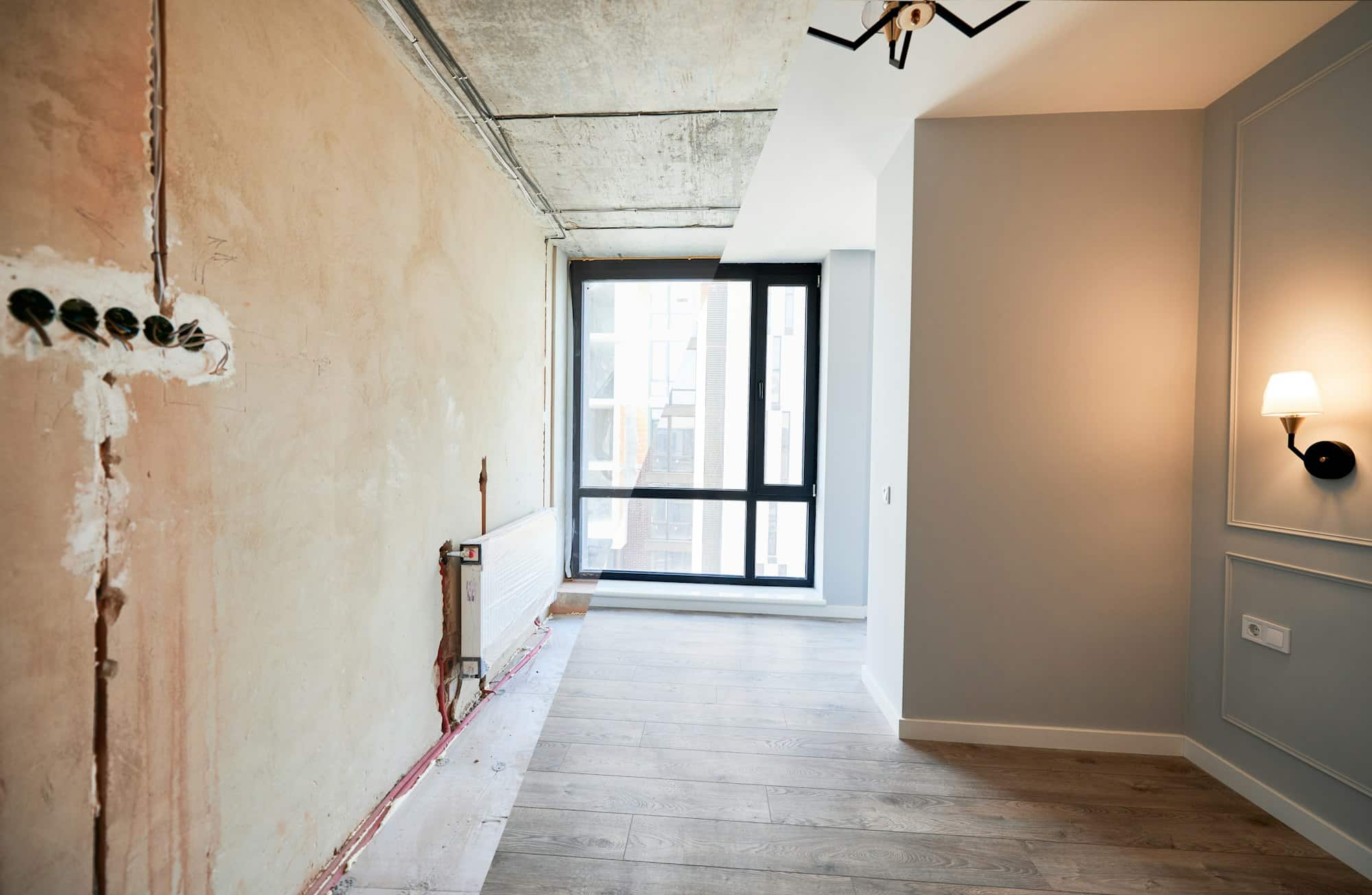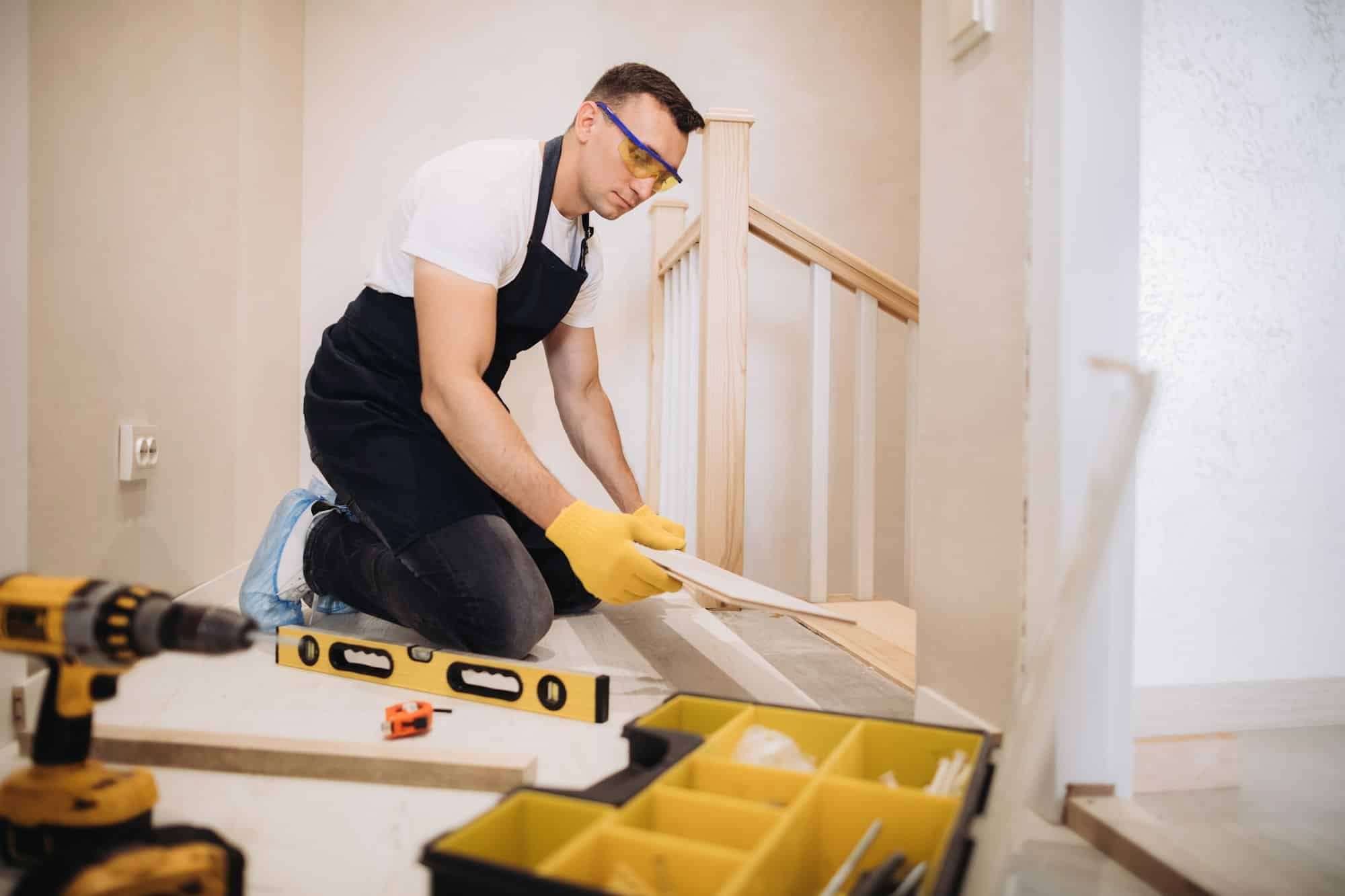Introduction
Building a simple deck can be a rewarding do-it-yourself project that enhances your outdoor living space. Whether you want to enjoy family barbecues, host outdoor gatherings, or create a serene corner for relaxation, a deck can provide a versatile and functional area. This article will guide you through the process of building a simple deck, outlining the benefits, key elements, common challenges, and solutions to help you successfully complete your project.
Benefits of Building a Simple Deck

Constructing a deck offers numerous advantages that make it a worthwhile investment for homeowners. Here are some key benefits:
- Increased Property Value: A well-built deck can significantly boost the value of your home by adding functional outdoor space.
- Enhanced Aesthetic Appeal: A deck can dramatically improve the look of your backyard, creating a cohesive and attractive outdoor area.
- Additional Living Space: Decks provide extra square footage for activities such as dining, lounging, or entertaining.
- Improved Mood and Well-being: Spending time outdoors on your deck can positively impact your mental health and overall well-being.
Key Elements of a Simple Deck
To ensure your deck is safe, durable, and visually appealing, it’s important to focus on the following key elements:
Design and Planning
Begin by designing your deck and creating a detailed plan. Consider factors such as the size, shape, and location of your deck. Consult local building codes and obtain necessary permits to ensure compliance with regulations.

Materials
Choosing the right materials is crucial for the longevity and appearance of your deck. Common options include pressure-treated wood, composite decking, and hardwoods. Each material has its pros and cons, so evaluate your budget, maintenance preferences, and aesthetic goals before making a decision.
Foundation and Footings
A sturdy foundation is essential for the stability and safety of your deck. Install concrete footings or piers according to your deck’s design. Ensure the footings are level and properly spaced to support the weight of the deck structure.
Framing
The framing forms the backbone of your deck. Use pressure-treated lumber for the joists and beams to provide strength and durability. Follow your design plan to construct the frame, ensuring it is square and level.
Decking
Once the frame is complete, install the decking boards. Choose a suitable pattern, such as parallel, diagonal, or herringbone, to enhance the visual appeal. Secure the boards with appropriate fasteners, maintaining consistent spacing for expansion and drainage.
Railings and Stairs
If your deck is elevated, consider adding railings and stairs for safety and accessibility. Select materials that complement your deck design and ensure the railings meet local building codes.
Challenges and Solutions
Building a deck can present various challenges, but with proper planning and preparation, they can be effectively addressed. Here are some common challenges and solutions:
Challenge 1: Uneven Ground
Solution: If your yard has uneven terrain, level the ground by excavating or adding fill material. Alternatively, consider building a multi-level deck to accommodate the natural slope of your yard.
Challenge 2: Weather Conditions
Solution: Weather can impact the construction process and the longevity of your deck. Plan your project during a season with favorable weather conditions and use weather-resistant materials. Additionally, apply a protective finish to the deck to prevent damage from moisture and UV rays.
Challenge 3: Obtaining Permits
Solution: Navigating the permitting process can be time-consuming and complex. Contact your local building department early in the planning stage to understand the requirements and ensure you have all necessary documentation. Hiring a professional contractor can also simplify this process.
Challenge 4: Budget Constraints
Solution: Establish a realistic budget before starting your project and prioritize essential elements. Look for cost-saving opportunities, such as using pressure-treated wood instead of more expensive materials or completing the project in phases.
Conclusion
Building a simple deck is a manageable project that can greatly enhance your outdoor living space. By following the steps outlined in this guide, you can create a functional and aesthetically pleasing deck that adds value to your home. Remember to plan carefully, choose quality materials, and address potential challenges proactively. With dedication and attention to detail, you’ll enjoy your new deck for years to come.

Frequently Asked Questions
1. How long does it take to build a simple deck?
The time required to build a simple deck depends on various factors, including the size and complexity of the design, your experience level, and the availability of materials and tools. On average, a DIY deck project can take anywhere from a few days to a couple of weeks. Proper planning and preparation can help streamline the process and minimize delays.
2. What tools do I need to build a deck?
To build a deck, you’ll need a range of basic tools, including a circular saw, power drill, tape measure, level, hammer, screwdriver, and a posthole digger. Additional tools, such as a miter saw, jigsaw, and pneumatic nail gun, can make the construction process more efficient but are not strictly necessary.
3. Can I build a deck without a permit?
The requirement for a building permit varies depending on your location and the size and height of your deck. In many areas, a permit is necessary for any deck attached to a house or exceeding a certain height. Contact your local building department to determine the permit requirements in your area. Building without a permit can result in fines and may require modifications to meet code compliance.
4. How do I maintain my deck?
Proper maintenance is essential to prolong the life of your deck. Regularly clean the surface to remove dirt, debris, and stains. Inspect for any signs of damage, such as loose boards or nails, and make necessary repairs promptly. Apply a protective sealant or stain every 1-3 years to protect the wood from moisture and UV damage. Trim nearby vegetation to prevent mold and mildew growth.
5. What type of wood is best for deck construction?
The choice of wood for deck construction depends on factors such as budget, durability, and aesthetic preferences. Pressure-treated wood is a popular and cost-effective option due to its resistance to rot and insects. Cedar and redwood are naturally resistant to decay and have an attractive appearance. Hardwoods like ipe and mahogany are highly durable and offer a rich, luxurious look but come at a higher cost.
6. Can I add features like a pergola or built-in seating to my deck?
Yes, you can customize your deck with additional features like a pergola, built-in seating, or planters. These elements can enhance the functionality and aesthetic appeal of your deck. Plan these features during the design phase to ensure they integrate seamlessly with the deck structure. Be mindful of the additional weight and support requirements when adding such features.
7. How do I ensure my deck is safe?
Safety is paramount when building a deck. Ensure the foundation and framing are properly constructed and capable of supporting the intended load. Use appropriate fasteners and connectors to secure the decking and railings. Follow local building codes for structural requirements, railing height, and spacing. Regularly inspect the deck for any signs of wear or damage and address any issues promptly.
8. Can I build a deck on my own, or should I hire a professional?
Building a simple deck can be a DIY project for those with basic carpentry skills and tools. However, if you lack experience or the project involves complex design elements, it may be beneficial to hire a professional contractor. A professional can ensure the deck is built to code, provide valuable expertise, and complete the project more efficiently. Weigh the costs and benefits of DIY versus hiring a professional to make an informed decision.








